In the Valves Part-1, you learned What is a valve, its history, and its categorization (Click here to read).
In Part-2, you learned about the Globe valve. (Click here to read)
In this, you are going to learn about Gate Valves categorized by design.
Gate Valves:
Gate Valve is a multi-turn valve that has a gate-like disc and two seats to close the valve. The gate moves linearly, perpendicular to the direction of flow. This type of valve is normally used in the fully opened or fully closed position; it is not suited to throttling applications. Gate valves provide robust sealing and are used extensively in the petrochemical industries.
The basic construction of the Gate valve consists of Body, Bonnet, Seat, Disc, Stem & Handle.
The body is the main pressure containing the structure of the valve and contains the valve’s internal parts that come in contact with the working fluid.
Bonnet provides a leakproof closure for the valve body.
The seat ring provides uniform leakproof tightness. Usually beveled to allow guiding during the final stage of closing.
Disk or Wedge are closure member of the valve rests on the seat ring, connected to the stem which slides or screwed up or down to throttle the flow using a Handle.
The stem connects the actuator/handle to the inside of the valve (disc) and transmits the actuation force. Stems are either smooth for actuator-controlled valves or threaded for manual valves.
There are four primary Disc designs for Gate valves, namely: Wedge, Knife, Parallel slide & Slab Type.
Wedge Gate Valves
Wedge Gate Valves are commonly used in industrial piping for a stop or isolating – to turn on and shut off the flow as opposed to regulating flow. Gate valves are named from the gate-like disc which operates at a right angle to the path of the flow. Gate valves are general service valves that can be made in a broad spectrum of sizes using a variety of different materials. Wedge gate valves are metal seated but are also available with resilient seat insert if drip tight shut off is required. They can meet the demands of a wide range of pressure and temperature conditions and is available in full port. Advantages – a low-pressure drop, straight through flow either direction. Disadvantages – slow-acting, bulky. Not drip tight shut off (over 150NB). Do not partially open as this will cause damage to seat/disc.
Knife Gate Valves
Knife Gate Valves are used for many applications in larger sized pipework (50mm & above). Unlike traditional gate valves, they can throttle (at lower pressures) depending on online media and degree of opening. Metal seated knife gate valves are not leak tight shut-off. Some knife gate valves have a resilient seat in order to ensure they close drip-tight. Available in v-port, o-port, and lined they are ideally suited for the control of effluent, slurries, waste products, semi-solids, pulp, bulk powders. Most knife gate valves are designed for a single flow direction.
Parallel Slide Gate Valves
Parallel Slide Gate Valves are popular in steam applications as the energized disc design handles thermal expansion without sticking like wedge gate valves. Another advantage is lower torque then wedge gate valves especially in venturi (Ferranti) reduced bores configuration. Parallel slide valves consist of two parallel gates that are always energized against the seat by springs or a wedging spreader bar between the two gates. No mechanical stress is exerted between the discs, and the valve is not subjected to dangerous strains in opening and closing. This design of the valve maintains fluid-tightness without the aid of wedging action. These valves are used for saturated and super-heated steam.
Pipeline Slab Gate Valves
Pipeline Slab Gate Valves are available in parallel solid slab and expanding 2-piece wedging slab. Both styles protect the seat area from the flow in all operating positions. These valves have a full through conduit configuration with a hole in the slab. Slab style gate valves have seats that are spring energized. The expanding slab features two opposed sliding V-shape segments that maintain pressure against the seats. These valves are for API 6D pipeline applications but are also used for API 6A wellhead valves. All these valves are made in metal to metal and soft seat configuration.
This article is written by
Mr. Goutham Rathinam
(BE-Mechanical & CSWIP 3.1-TWI, UK)
Email ID: goutham.r86@gmail.com

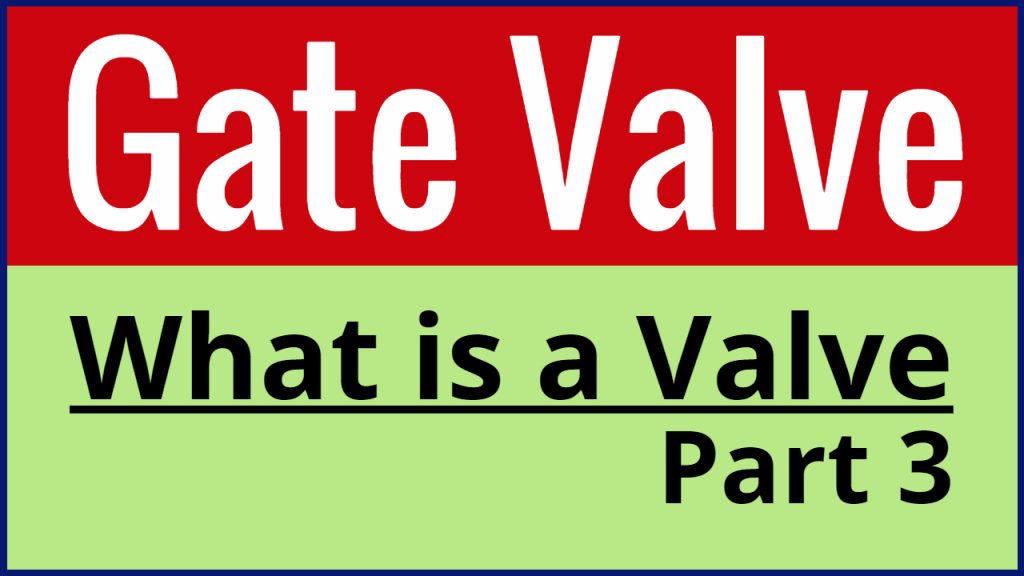
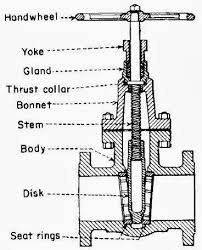
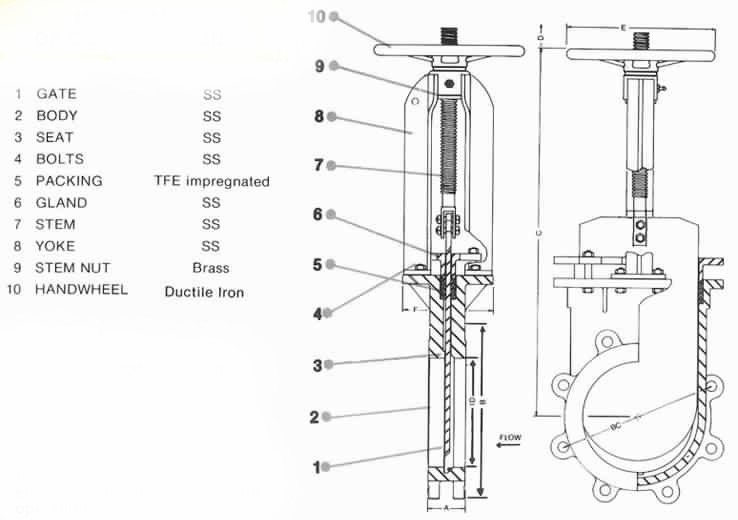
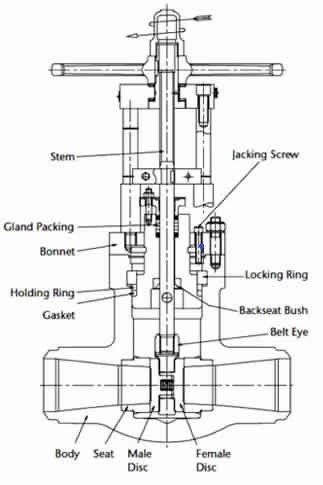
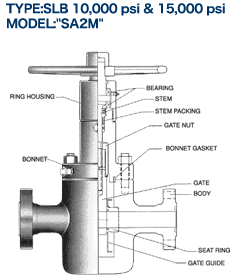
How gate valve performs for gases? In my opinion they are not good for gases, what you say?